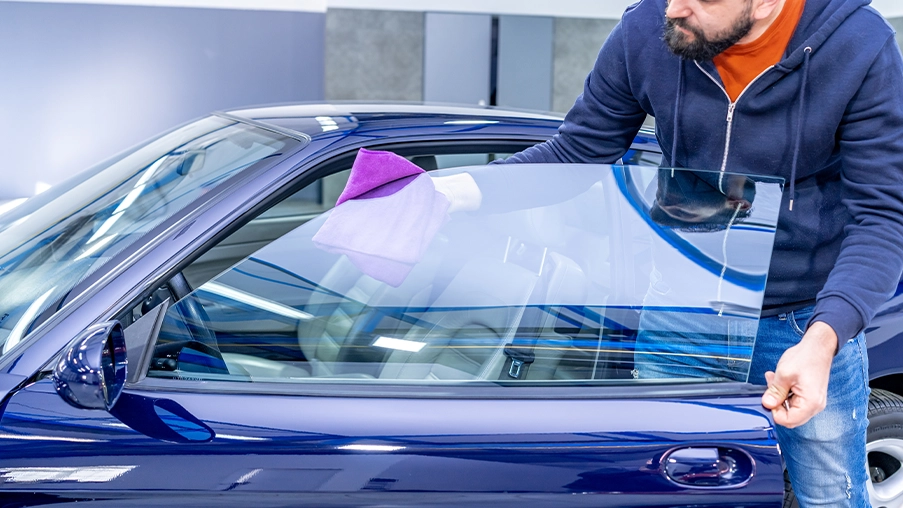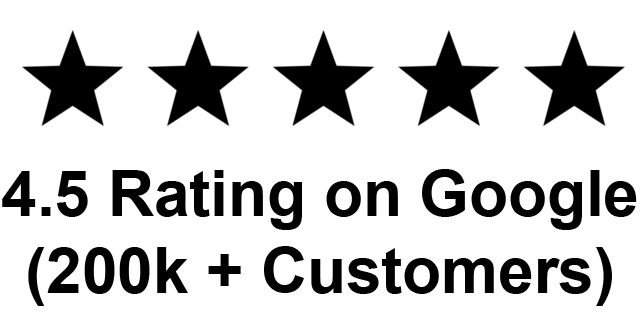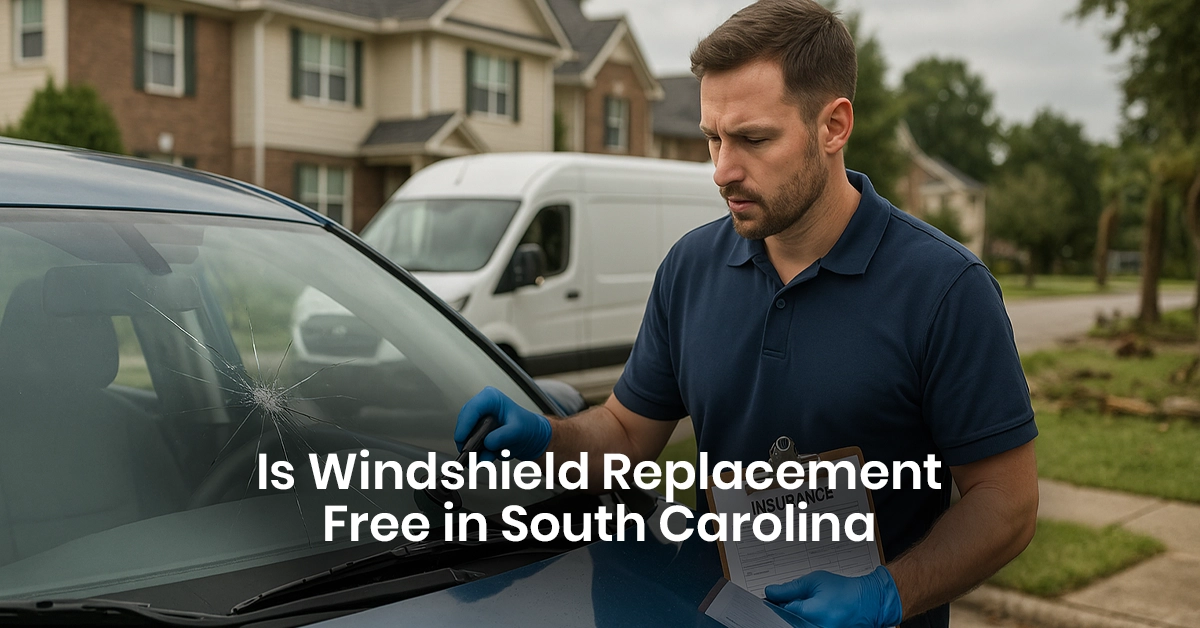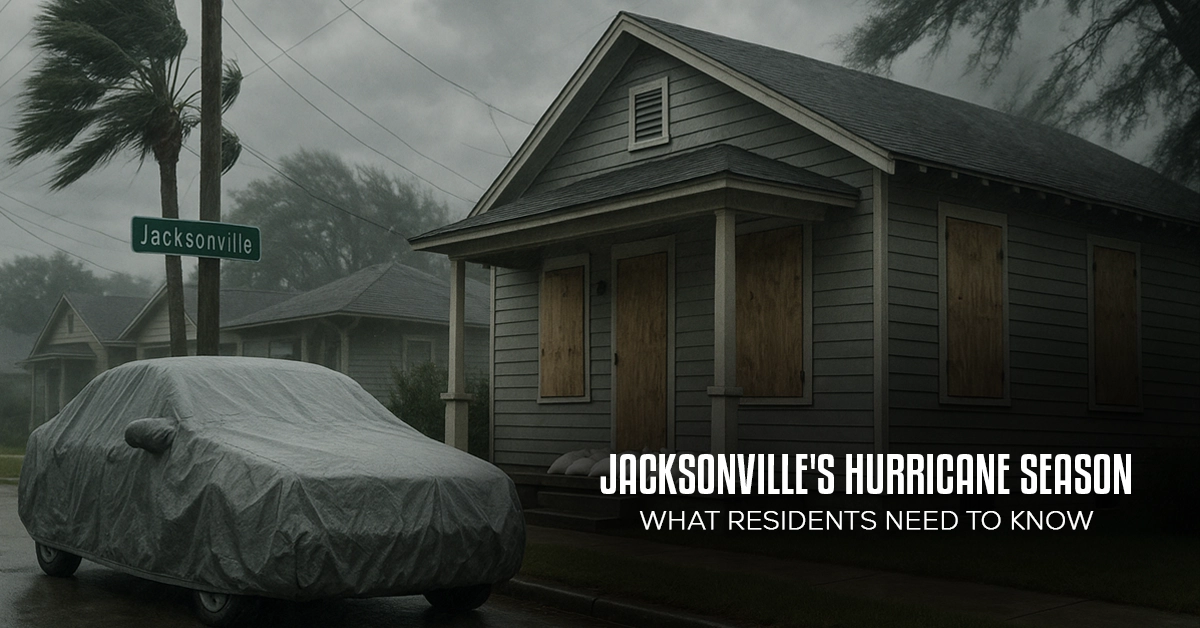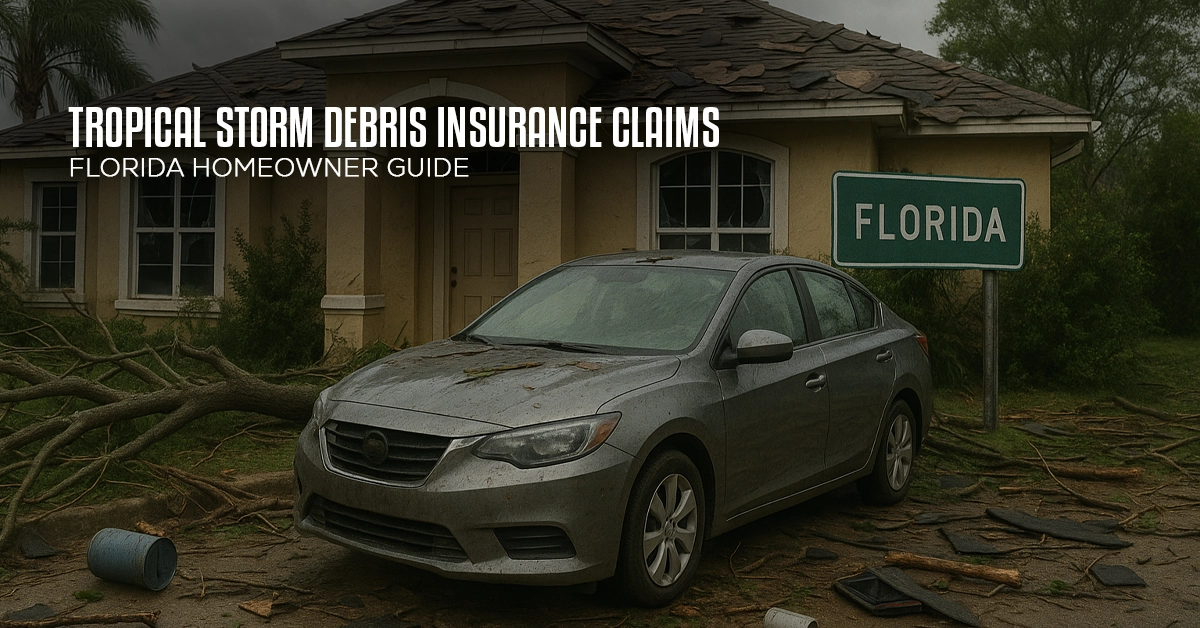Understanding Florida Window Tint Law: What You Need to Know
February 24, 2025
If you are mulling over tinting your car windows in Florida, you should know the rules before making changes. While tinted windows can offer privacy, reduce glare, and keep your car cooler, Florida has strict laws about how dark and reflective your tint can be.
In this guide, we will break down Florida’s window tint law, including legal limits, restrictions, exemptions, and potential penalties.
Florida’s Window Tint Laws
Florida has specific regulations regarding window tinting to ensure safety and visibility for all drivers while still allowing benefits like privacy and UV protection. Florida tint laws regulate the darkness (VLT) and reflectivity of window tints.
Understanding Visible Light Transmission (VLT)
The amount of light that can pass through a car window film is known as the visible light transmission (VLT). The lower the number the more the amount of light is blocked by the tint.
Legal Tint Limits for Different Vehicle Windows in Florida
The percentage of light allowed through your film and glass in Florida is specific and different for sedan cars and SUV cars or vans.
Here is a detailed look at Florida’s window tint laws.
- In Florida, it is illegal to tint the entire windshield.
- Window tint cannot be applied below the manufacturer’s AS-1 line. This line is usually approximately five inches below the top of the windshield.
The following are the allowed tint darkness limits.
| Feature | Sedans | SUVs & Vans |
|---|---|---|
| Windshield | Non-reflective tint above AS-1 line. | Non-reflective tint above AS-1 line. |
| Front Side Windows | VLT of at least 28%. | VLT of at least 28%. |
| Back Side Windows | VLT of at least 15%. | VLT of at least 6%. |
| Rear Window | VLT of at least 15%. | VLT of at least 6%. |
| Window Tint Reflection | Front: Max 25% reflective. Back: Max 35% reflective. | Front: Max 25% reflective. Back: Max 35% reflective. |
Here are some other regulations stipulated by the Florida Tint Laws.
- Dual side mirrors are compulsory if back windows are tinted.
- No colored tint is allowed.
- A sticker to identify legal tinting inside the driver’s side door jamb.
Exemptions and Special Considerations
Though Florida has strict window tint regulations, certain exemptions, and special considerations allow some vehicles to have darker tints than the standard limits.
Medical Exemptions
Florida allows medical exemptions for individuals who have health conditions that require extra protection from sunlight, such as
- Lupus
- Albinism
- Vitiligo
- Photosensitivity
Medical exemptions don’t apply to the front windshield regulations.
Vehicle Exemptions
Specific vehicles are exempt from Florida’s tint laws.
- Law enforcement vehicles, ambulances, and emergency vehicles
- Public buses
- Limos – Very dark or limo tints are permitted on the rear side and rear windows but should satisfy the 15% VLT requirement.
- SUVs, vans, and trucks may come with factory-installed tints more than the allowed 15% but are legal as they conform to federal regulations.
Penalties for Violating Florida Window Tint Laws
If your vehicle tint does not comply with Florida window tint laws, you may face fines and other consequences.
- A violation of Florida’s window tint laws is considered a non-moving traffic infraction, and you can be fined up to $116 for the first time.
- Repeat fines might be higher.
- You may get a fix-it tickets where you should remove or replace the illegal tint and provide proof of compliance. Failure to do so will invite a fine.
- If your vehicle does not comply with the legal tint, it might fail an inspection when renewing your registration.
Conclusion
Florida enforces specific window tint regulations to maintain road safety and visibility. It is important to ensure your window tint complies with Florida’s window tint laws. If you’re not careful, you could end up with a ticket or even must remove the tint altogether.
If you are looking for a cost-effective and legally compatible car window tinting service in Florida, NuVision Auto Glass is your best bet. NuVison,with over a decade of experience, also offers windshield repair & replacement and precise ADAS calibration services. Fix your windshield at your doorstep with NuVision’s mobile windshield replacement services.
Their skilled technicians offer all types of auto glass repair & replacement using cutting-edge technologies. Contact NuVision now and experience exemplary auto glass services in Florida.
FAQ’s on Florida Window Tint Law
1. What is the darkest legal tint in the state of Florida?
The darkest legal tint in Florida differs according to the window and vehicle type. The state measures the tint darkness by the VLT%.
2. Is 20% tint legal in Florida?
The 20% legal tint is illegal in the front side windows for all cars and on the rear and back side windows for sedans. However, the 20% tint is legal on the rear and back side windows for SUVs, vans, and trucks.
3. Can you get pulled over for a 5% tint in Florida?
Indeed. If Florida law enforcement officials think your window tints are not in compliance with state rules, they may pull you over for an inspection.
4. What is the 25-window rule in Florida?
According to Florida tint laws, front and back side windows cannot be more than 25% reflective to prevent glare for other drivers.

